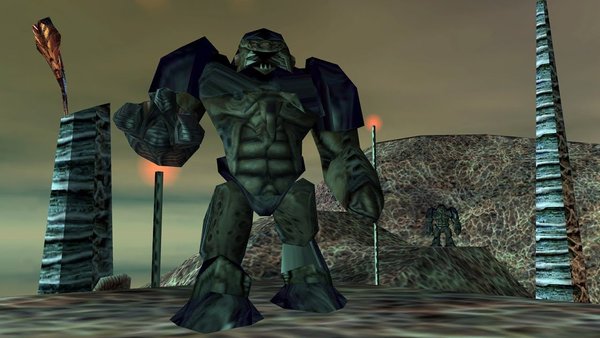How Half-Life Broke First-Person Gaming Shooters Forever
An Impactful Revelation For The FPS Genre

Once you reach the Lambda Complex and then enter Xen itself, many a player has argued this is where Half-Life falters a bit. This alternative dimension is so far removed from everything you've tackled previously.
Some elements, particularly the tough platforming sections, haven't aged too well, but Half-Life's final moments still have their own unique elements. For starters, the game makes you feel isolated from the moment you enter the source of the chaos, with flying aliens and an endless void stretching out before the player.
Through it all, Half-Life unparalleled immersion continued to impress as you took on a Gonarch and proceeded on through the alien factories to find the source of the Xen invasion. The Nihilanth is a challenging and unforgiving final boss, with its only blemish being the way it teleports to player away to fight their way out of random locations.
The game's final, mysterious flourish introduces players to the G-Man; one of the most elusive characters in gaming history. The mythos behind his backstory and powers was flawlessly established, leaving Half-Life wide open for a rousing string of sequels.

It certainly blew players away at the time; Gabe Newell predicted the game would sell a maximum of 180,000 units, but it would reach a whopping 500,000 in January 1999.
When the final retail result had been tallied in 2008, Half-Life had reached 9.3 million units sold and was named the best-selling first-person-shooter of all time in the Guinness World Records: Gamer's Edition. The game's inclusion on Steam at a cheap has only continued to get it into the hands of new players.
Half-Life has gone on to win countless awards, being named the best game of all time in PC Gamer magazine on three separate occasions.